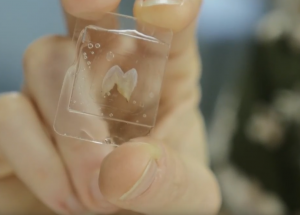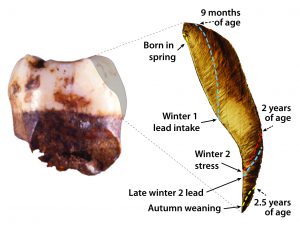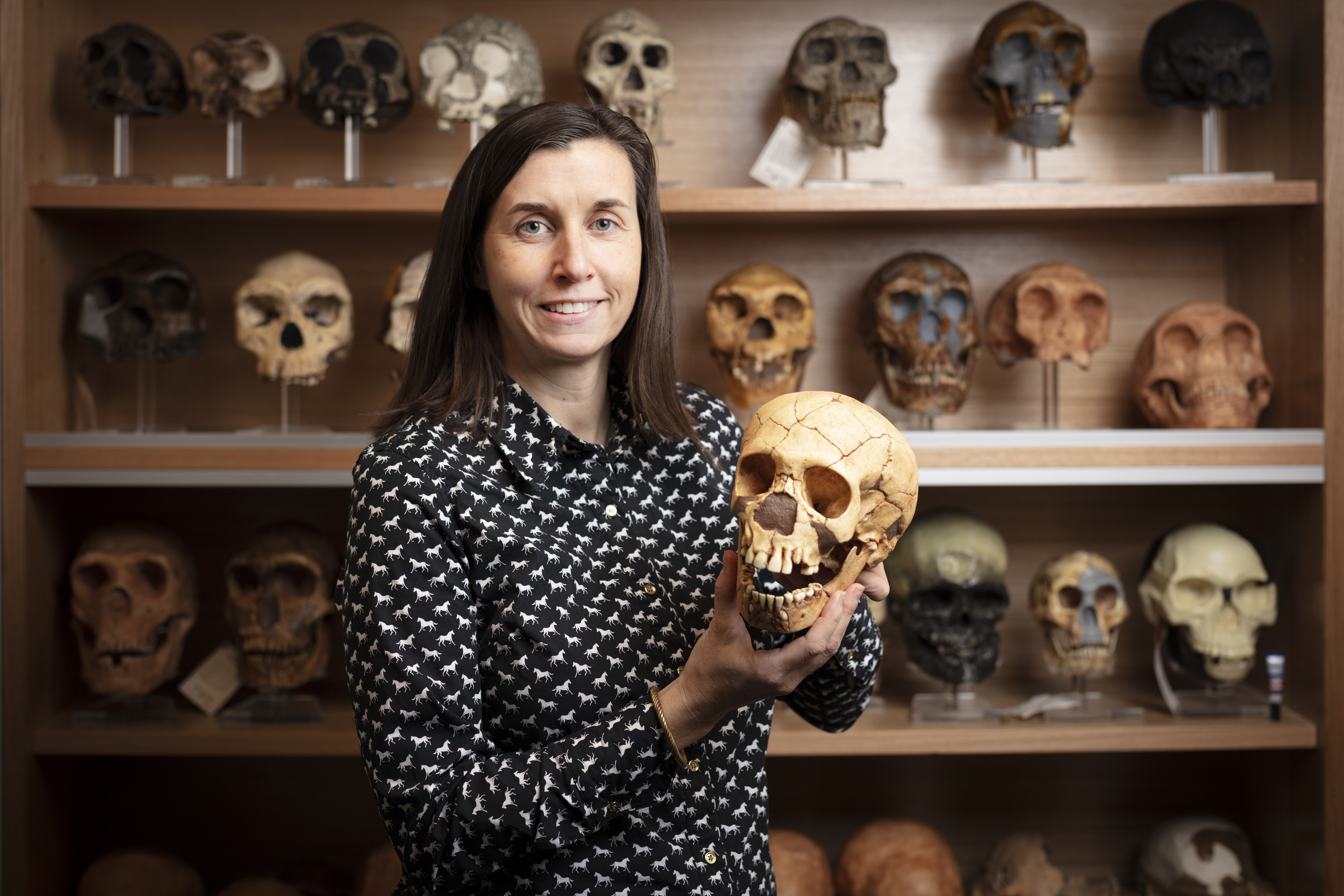A new study of250,000 year-oldNeanderthal teeth has revealed the oldest exposure to lead and the first natural weaning from breastfeeding in a fossil hominin (humans and their close ancestors and relatives).
Thenew study published today inScience Advancesreportsa major breakthroughin the reconstruction of ancient climates – a significant factor in human evolution, as temperature and precipitation cycles influenced the landscapes and food resources our ancestors relied on.
Associate Professor Tanya Smith of Griffith’sAustralian Research Centre for Human Evolutionled an international team of biological anthropologists, archaeologists, earth scientists, and public health specialists from Australia, North America, and Europe.

Thin sections of teethfromtwo Neanderthals and one modern human(5000 years ago)from a French archaeological sitewereimaged with polarized light microscopy to document each day of their childhood growth.
Teeth have biological rhythms akin to tree rings, but on a much finer scale, leading to numerous applications detailed in Smith’s new popular science book from MIT Press,The Tales Teeth Tell.
The team then used thesensitive high-resolution ion microprobe (SHRIMP)at ANU to collect information onoxygen variation during three years of tooth growth in each youngster.
“This allowed us to relate their development to ancient seasons, revealing that one Neanderthal was born in the spring, and that both Neanderthal children were more likely to be sick during colder periods,” Professor Smith said.
“At the time they grew up, 250,000 years ago, this region of southeast France was much more seasonal than it is today.”
The teethsections also traveled to theIcahn School of Medicine at Mount Sinai, New York, where experts in environmental health mapped the concentrations of metal in the teeth, including barium, a marker of milk consumption.
The team was surprised to discover that the two Neanderthal children either ingested or inhaled lead during their childhood, representing the oldest documented lead exposure in any hominin (humans and their close ancestors and relatives).
This occurred multiple times during the cooler seasons, potentially happening in caves as underground lead sources have been found within 25km of the archaeological site.
The tiny amount of barium also showed that one Neanderthal appears to have breastfed for 2.5 years, weaning in the fall. This individual survivedinfancy butwas unlikely to have reached adulthood.
ProfessorSmith and her team are keen to explore the childhoods of other hominins using this novel paleobiological approach, as many questions remain about why humans survived while our many evolutionary cousins, including the Neanderthals, were not so lucky.
Professor Smith will sign copies of her book and share more details of her work atQueensland Museum as part of theAfter Darksessions in her talk ‘What Primates Teach Us About Being Human’, on November 16.
The official book launch forThe Tales Teeth Tellwill be held at The Ship Inn, Southbank, on November 21 as part of Griffith’sImpact lecture series.
